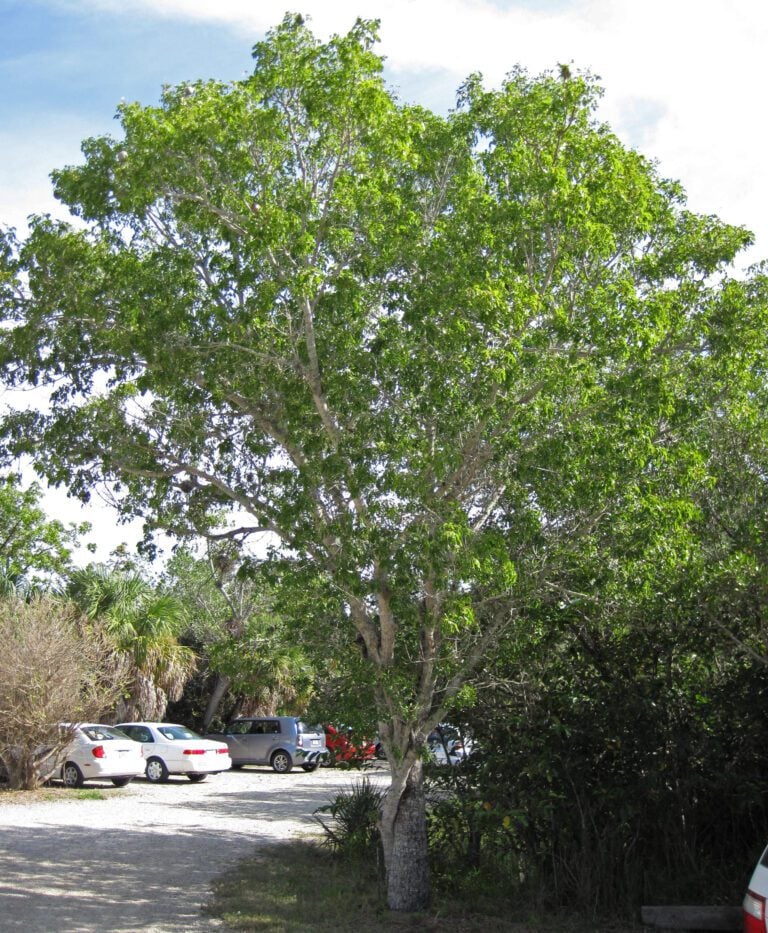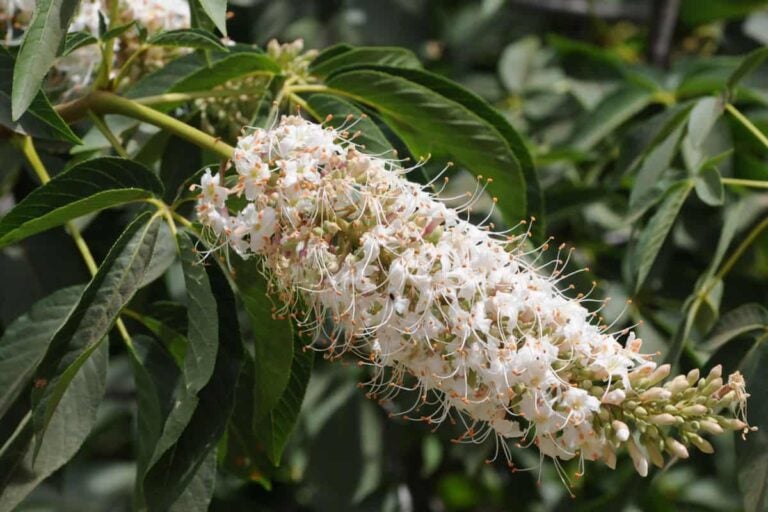How To Use A Rain Gauge In Your Garden
A rain gauge is a fundamental measuring tool widely used in meteorology, hydrogeology, aeronautics but also in the domestic and agricultural fields. In the garden, a rain gauge can help you save on irrigation water, by keeping the rain and sprinkler output under control.
A rain gauge is a simple graduated container in which rainwater is collected. The level of the collected water is expressed in millimeters and it determines the intensity of the precipitation.
Apart from measuring the rainfall, most gardeners use the rain gauge to measure the sprinkler output. If you are thinking about getting a rain gauge but are not sure what type to choose and how to use it, this guide aims to bring light on these aspects.
Types Of Rain Gauges
Analog Rain Gauges
Analog rain gauges are the simplest and most popular models, at least as far as gardening is concerned. They consist of a transparent glass cylinder made of glass or plastic and that is usually marked in millimeters, although centimeters or inches markings are also common. The cylinder is fixed on a support that can be placed on the ground or mounted on a fence, deck rail, wall, or on any other solid support that is exposed to the rain.
When deciding where to place an analog rain gauge, you should choose an open area to which you have easy access. The cylinder shouldn’t be obstructed by plant leaves or roofs, as this could impact the accuracy of rainfall reading. When placed under the plants, it will also impact the accuracy of the sprinkler output reading.
Analog garden rain gauges vary in size and styles. When choosing the rain gauge, check the collection capacity and also the decorative accents you’d like to add to your property.
Among all rain gauges available on the market, these are the most inexpensive. They are also easy to read and easy to use. If you use them to measure rainfall, just empty the container after getting a measurement and you’re ready to start again.
Digital Rain Gauges
Digital rain gauges are designed to offer peace of mind to those who don’t feel confident enough to read an analog rain gauge. These models consist of a rain sensor and a self-emptying container system that connects to a wireless device that displays the collected information.
In detail, the container gathers the water and the sensor detects its level, transmitting the information to the display device. In most cases, the device can be located up to 350 feet away from the container, meaning that you won’t have to leave your house to check these levels.
Just as for the analog rain gauges, you should place the collector in an empty area and away from obstructions such as plant leaves, trees, or overhanging rooftops.
The digital rain gauges usually include multiple functions and features, keeping records of the rainfalls, alerting of potential floods, and more. These devices also have rain alerts that can warn you to bring things inside from your yard.
The main advantages of these rain gauges are that you will not have to read and empty the container, saving you the hassle.
Weather Stations
Weather stations are electronic devices equipped with rain gauges and designed to measure much more than the rainfall or sprinkler output. These stations include features like temperature measurement, atmospheric pressure, wind direction and speed, relative humidity, and more.
Some weather stations are able to even generate weather forecasts and their utility in the garden is unbeatable. A weather station can help you decide whether it’s the right time to transplant your seedlings, how much and how often to water your plants, and more.
Rain Apps
It’s useless to deny it, in the world we live in there is an app for everything. So you can bet that there is a rain gauge app. Technically, a rain app is not actually a gauge but as far as rainfall is concerned, an app can provide with just as much information as a digital rain gauge.
The only downside is that you won’t be able to use an app to measure the sprinkler’s output. Therefore, if that’s an issue, maybe you might want to consider an analog or digital rain gauge instead.
How To Use A Rain Gauge In Your Garden
Measure The Atmospheric Water
As a gardener, you probably know the amount of water your vegetables need on a weekly basis. But you should also consider the amount of atmospheric water your plants already got when deciding how much water to give them at the end of the day.
Although rain gauges are usually used to measure rainfall, you should know that they can actually be used to measure the level of dew and mist as well.
The best instrument to use for this purpose is an analog rain gauge. There are many types available on the market, they come in various styles, and they are easy to match with the landscape.
Reading the amount of atmospheric water is easy. As mentioned above, an analog rain gauge has a transparent container with millimeter or inches markings. Simply look at the cylinder to read the level of the water, that subtract this value from the volume of water your plants need.
For an accurate measurement, remember that dew and mist evaporate quickly, therefore you’ll have to measure these values early in the morning. Empty the rain gauge after reading it, to ensure that the next measurement is correct.
Measure The Sprinkler Output
Determining your sprinkler’s output will help you determine how long you should leave the sprinkler on. Most plants and grasses need about 2 inches of water per week, including the atmospheric water.
To measure the sprinkler output, place the rain gauge in the sprinkler’s path. You can use both analog and digital rain gauges for this purpose but for a more accurate result, it is recommended to use a digital rain gauge.
Once you made sure that the rain gauge is located in the sprinkler’s path, leave the sprinkler on for half an hour. Turn the irrigation system off and read the level of the water, or check it on the display of a digital sprinkler.
Multiply the figure by two, to determine the hourly output level of your sprinkler. The result will help you determine for how long to leave the sprinkler on next time you irrigate, considering the system’s output level and the level of the atmospheric water your plants received during the week.
Also Read: Bird of Paradise




